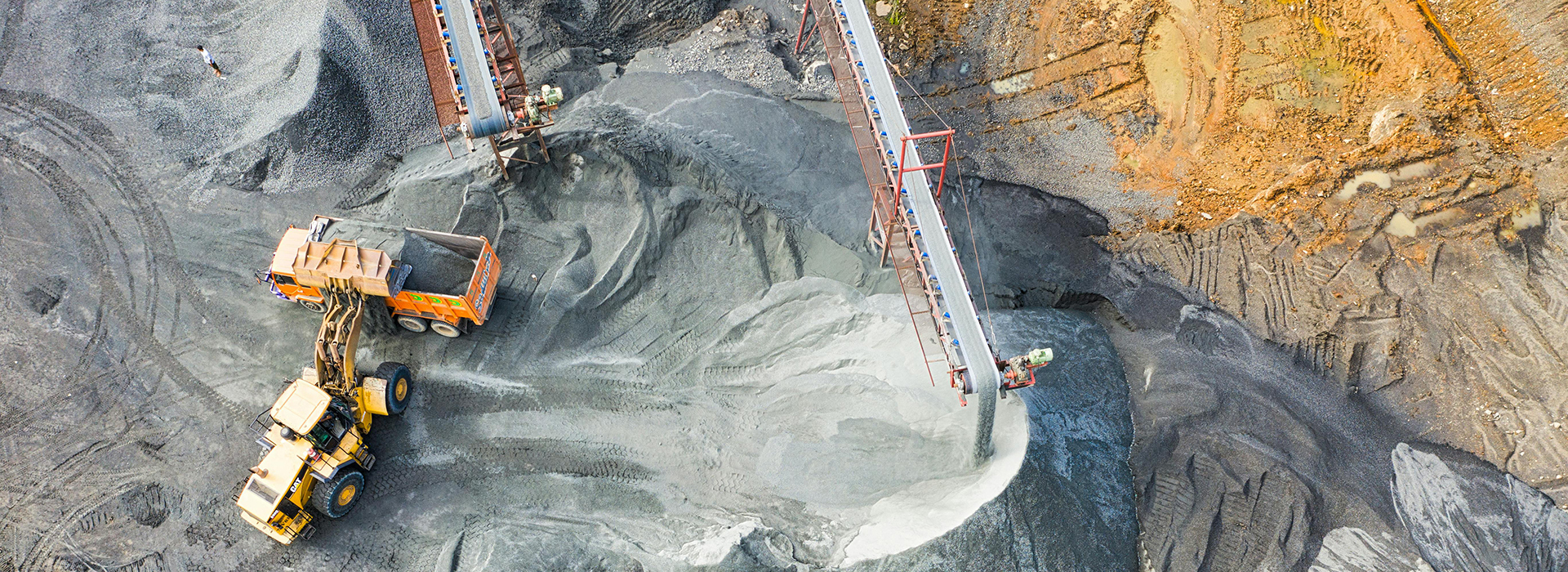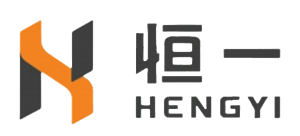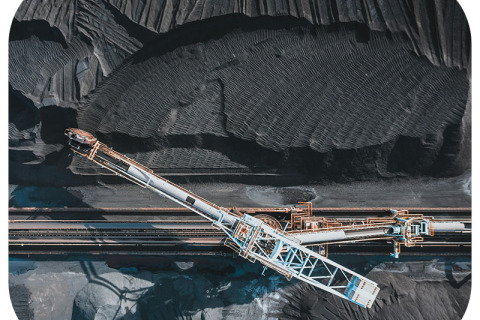
- Home
- >
- News
- >
- Product News
- >
News
In the mining industry, efficient material handling is key to operational success. One of the most crucial components in any mining process is the mining conveyor belt. Whether you're involved in coal mining, ore extraction, or transporting other materials, having a reliable conveyor system can greatly enhance your productivity. If you're looking for a mining conveyor belt for sale, this guide will help you navigate your options while ensuring you make an informed decision based on your specific needs.
Heavy-duty nylon conveyor belts are widely used in mining, metallurgy, chemicals, power generation, ports, and other heavy industries, playing a crucial role in the transportation of bulk cargo. This article will provide a detailed analysis of the operating speed, conveying angle, capacity, and lifting efficiency of heavy-duty nylon conveyor belts, and provide optimization solutions to help companies improve production efficiency and reduce operating costs.
Due to the harsh working environment underground in coal mines, which contains gas and coal itself is flammable, the primary consideration when selecting a conveyor belt is ensuring safe and stable coal transportation. Underground conveyor belts must be flame-retardant and have obtained safety markings and production licenses.
Generally speaking, for a given Conveyor belt speed, the conveying capacity of a belt conveyor increases with belt width. The conveyor belt must be wide enough to prevent large lumps of bulk and powdered materials from being loaded against the belt edge. Furthermore, the internal dimensions of the feed chute and the distance between the guide troughs must be sufficient to allow mixtures of various particle sizes to pass without clogging.
Reality: Conveyor belts are used in heavy industrial environments such as mines, steel mills, and coal yards, transporting heavy materials in harsh environments. Recommendation: Choose a high-strength, thicker, multi-layer nylon conveyor belt (such as a 3-ply or 5-ply structure). This type of belt can effectively withstand heavy loads and has strong tensile strength and impact resistance. It is also recommended to choose a belt with a more wear- and tear-resistant surface material to extend its service life.
3. Conveyor belts with uneven diameters due to machining errors, coal sticking, or uneven wear on the outer surface of the pulley can cause the belt to deviate toward the larger diameter. This is known as "running larger instead of smaller." The belt's traction force Fq generates a force component Fy that moves toward the larger diameter. This force component Fy causes the belt to deviate. The solution for this situation is to clean the coal sticking to the pulley surface. If machining errors or uneven wear are present, the pulley should be replaced and re-laminated.
A drive roller is typically installed at the head of a conveyor belt. It is driven by a motor to drive the conveyor belt, thereby conveying materials. Drive rollers have high torque and power, fully capable of providing sufficient power. They are primarily suitable for long-distance, high-speed conveying routes.
Belt conveyors are essential equipment in coal transportation systems, and their safe and stable operation directly impacts the coal supply to power generators. Belt deviation is the most common belt conveyor failure, and timely and accurate treatment is crucial for its safe and stable operation. Deviation can manifest and cause a variety of problems, and different adjustment methods are required to effectively resolve the issue.
There are many reasons for belt deviation, including internal factors within the belt conveyor itself and external environmental factors. However, they are generally attributed to factors such as unbalanced driving force on both sides of the belt and lateral forces exerted on the belt by rollers and idlers. From a force analysis perspective, these can be categorized into three types: first, unbalanced belt tension; second, stress (i.e., lateral force) generated by rollers and idlers that deviates from the belt's centerline; and third, unbalanced friction between the rollers and idlers and the belt.
If the conveyor belt is misaligned in the middle of the entire system, the misalignment can be corrected by adjusting the position of the roller assembly. During manufacturing, the mounting holes on both sides of the roller assembly are machined with elongated holes to facilitate adjustment.
Conveyor belts are known as conveyor belts, and they inevitably experience anomalies during use, such as common conveyor belt deviation. Today, conveyor belt manufacturer Hengnai has summarized some common conveyor belt problems.












